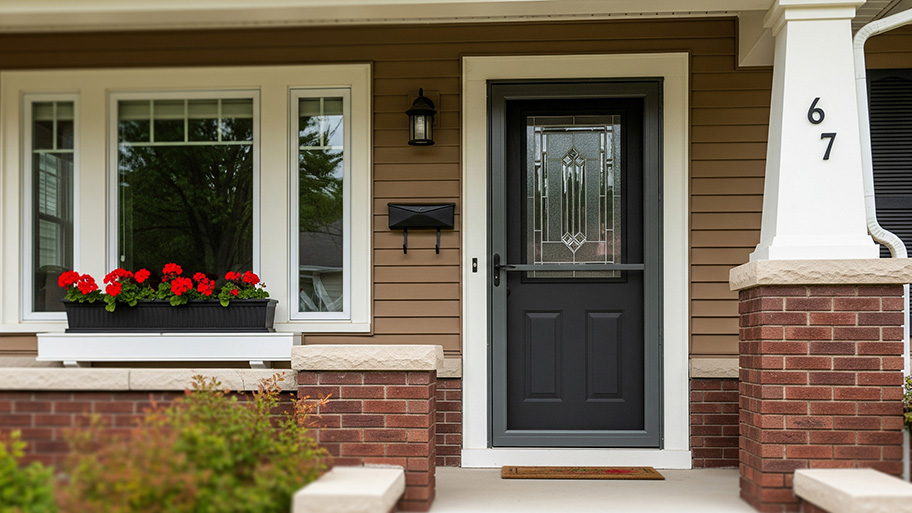
A storm door can protect your front door and let in more fresh air. Find out how much storm door installation costs for materials, labor, and more.
Opt for the best-case scenario for your casing style


Sorting through the countless door casing styles is just one step to getting to know the parts of a door and how it's installed. In short, door casings are the external panels that bridge the gap between your doorframe and the wall. Here are 11 door casing styles to bump to the top of your list, including butted, mitered, colonial, beveled, and dentil.
Door casing is the trim around the doorframe. It’s attached to the wall and completes the look of the door while covering the gap between the doorframe and the adjacent wall. Though its definition is simple, there are still several different styles to choose from, and some are more intricate than others. Types of door casing include everything from simple modern wood panels to ornate carvings that mimic a 19th-century style.


Butted door casing is one of the two main types of door casing styles. Butted door casing features a header and two side jambs that butt up against one another at the corner. The corners may overlap as shown here or match up evenly at the edges. You'll find many door casing styles within this category, from Craftsman to Colonial.

Mitered door casing styles are the second most common variety. Instead of the framing panels butting up against one another, installers angle—or miter—the edges so they create one smooth right angle. Mitering wood is one of the most important skills when learning how to install door trim, so break out the miter saw when the time comes.
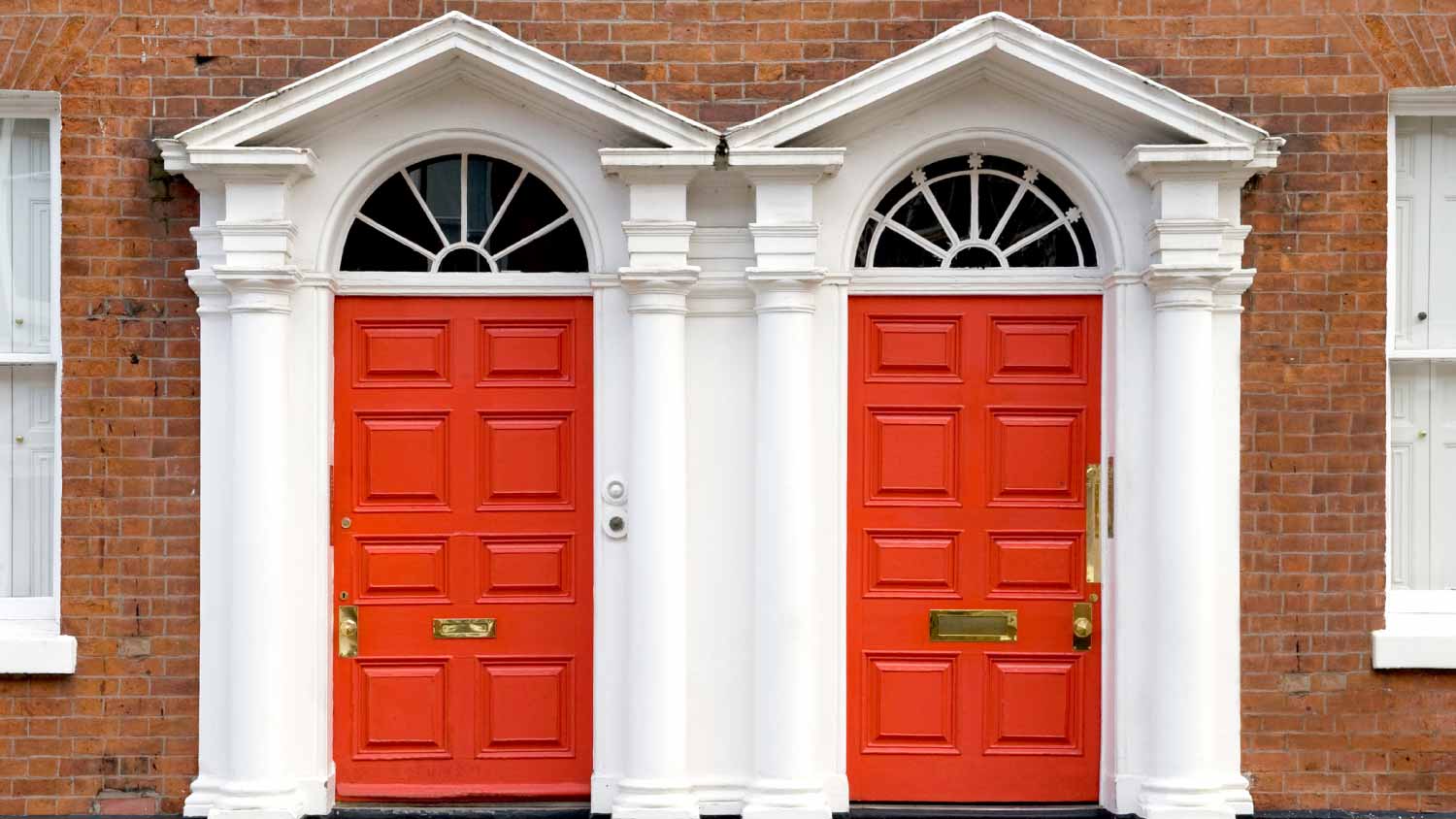
A pilaster is a marriage between a column and wall trim. When it comes to door trim types, pilasters surround either side of the doorframe and significantly widen the overall door casing size. Dramatic door casing styles include ornate elements like archways, scalloped carvings, and floral accents. Lean into the drama of a Victorian-inspired home by opting for a pilaster door casing style.
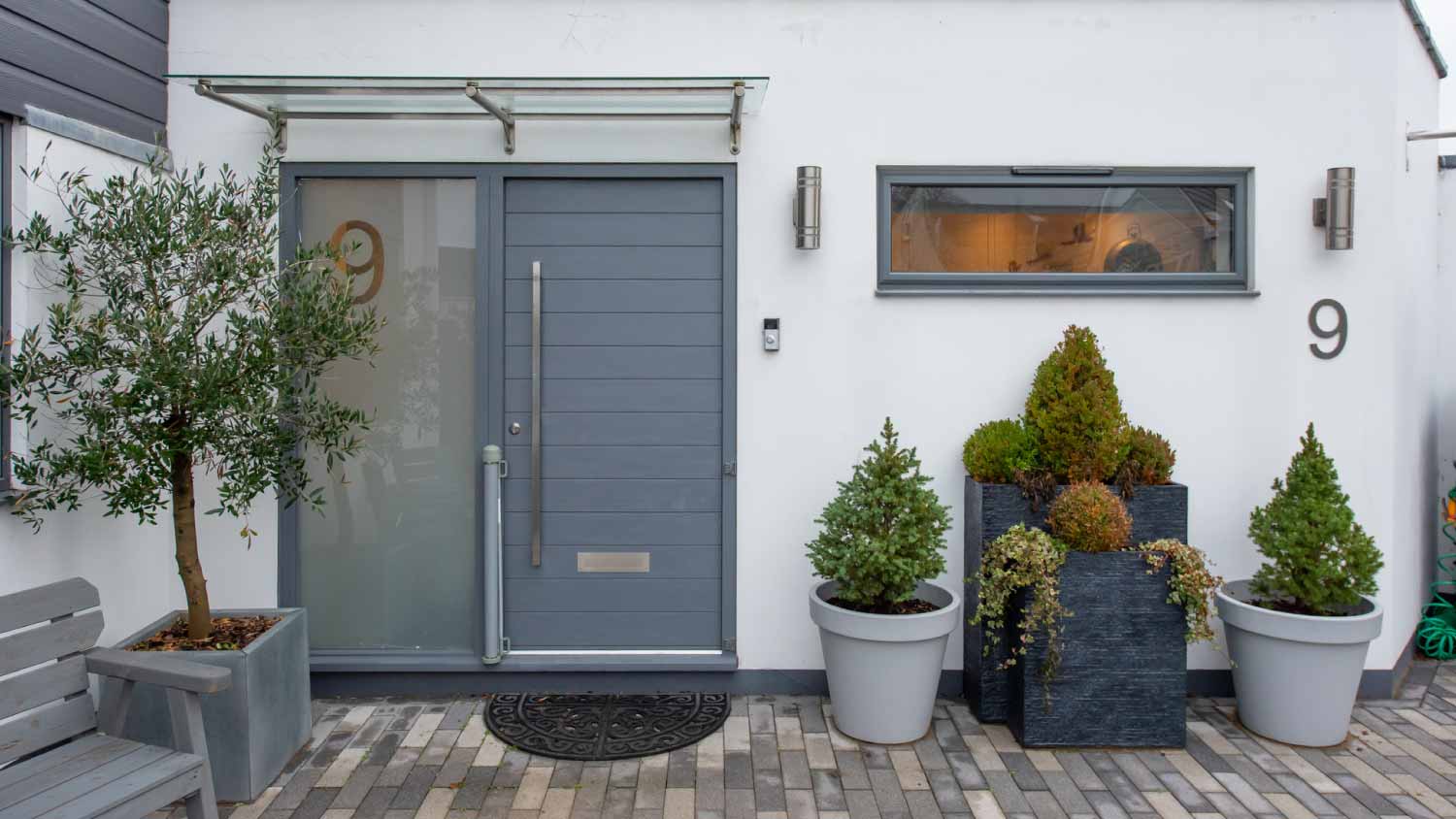
Modern minimalist door casing keeps your trim as simple as possible. This style features an individual set of boards and a header around the frame, often without backbands (more on these below) or beveling. The look blends perfectly with a modern home style. With this option, you're more likely to find a wider range of door casing materials, including metal.
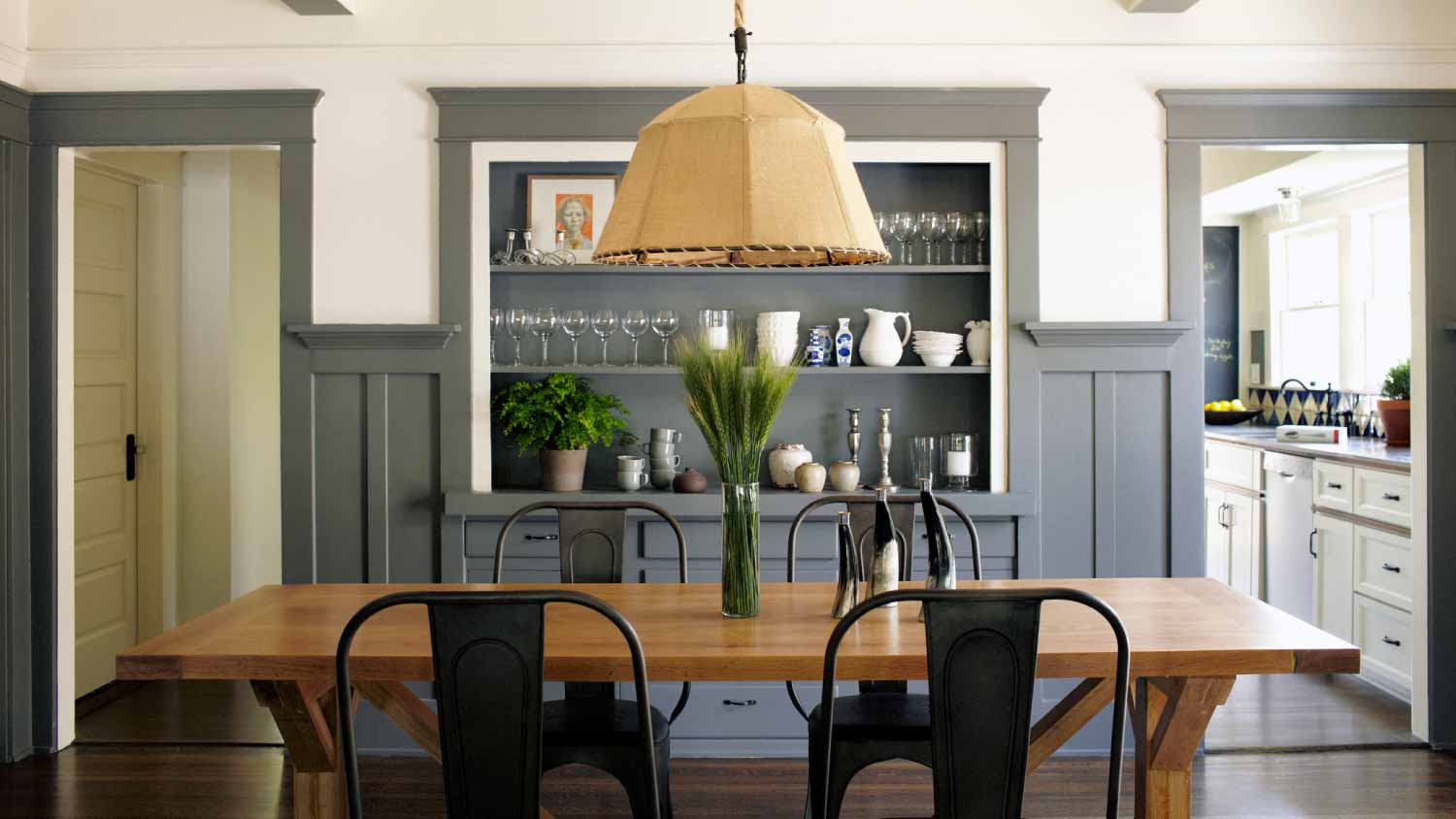
Colonial casing is inspired by Colonial architecture and is created with several layers of trim of different widths and heights surrounding the primary frame. The style offers frames within a frame and ranges from simple to elaborate, depending on the home decor. Many homeowners choose to paint trim—typically in a classic style—a different color than the rest of the room.
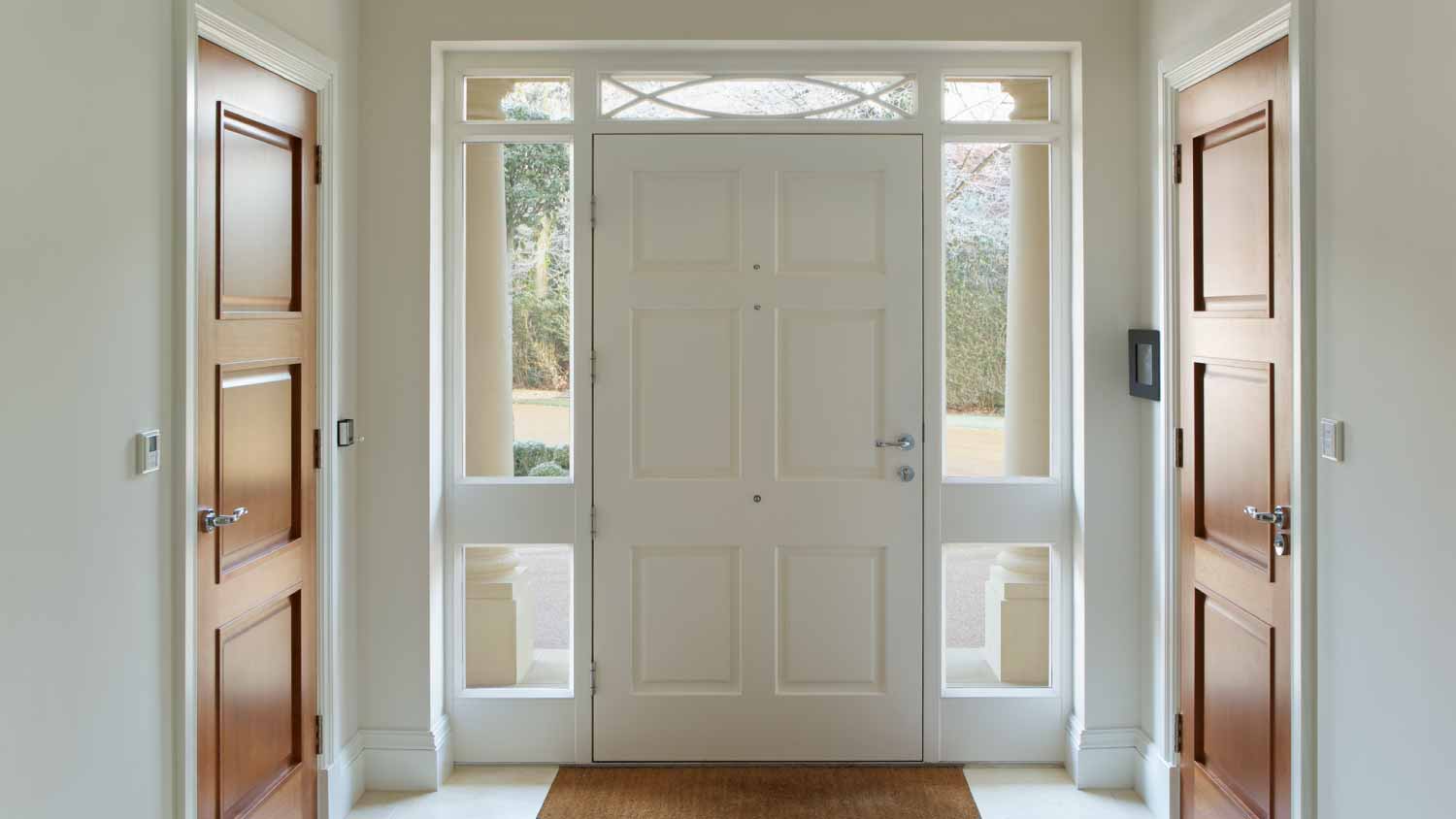
Transom is an excellent architectural term to keep in your back pocket. When it comes to types of door casing, a transom is a window that sits just above the door's header and extends around the width of the door. There may be sidelights—or side windows—on either side of the transom or door as well.

An ornate backband is just another general term that falls into many of the styles on this list. A backband is an extra layer of trim that falls on the outside of the frame. Think of it this way—a modern door will have a single flat panel around the door while the backband adds that extra curved strip beyond it for extra ornamentation. Playing with backband varieties is an excellent way to consider all your unique interior door options.
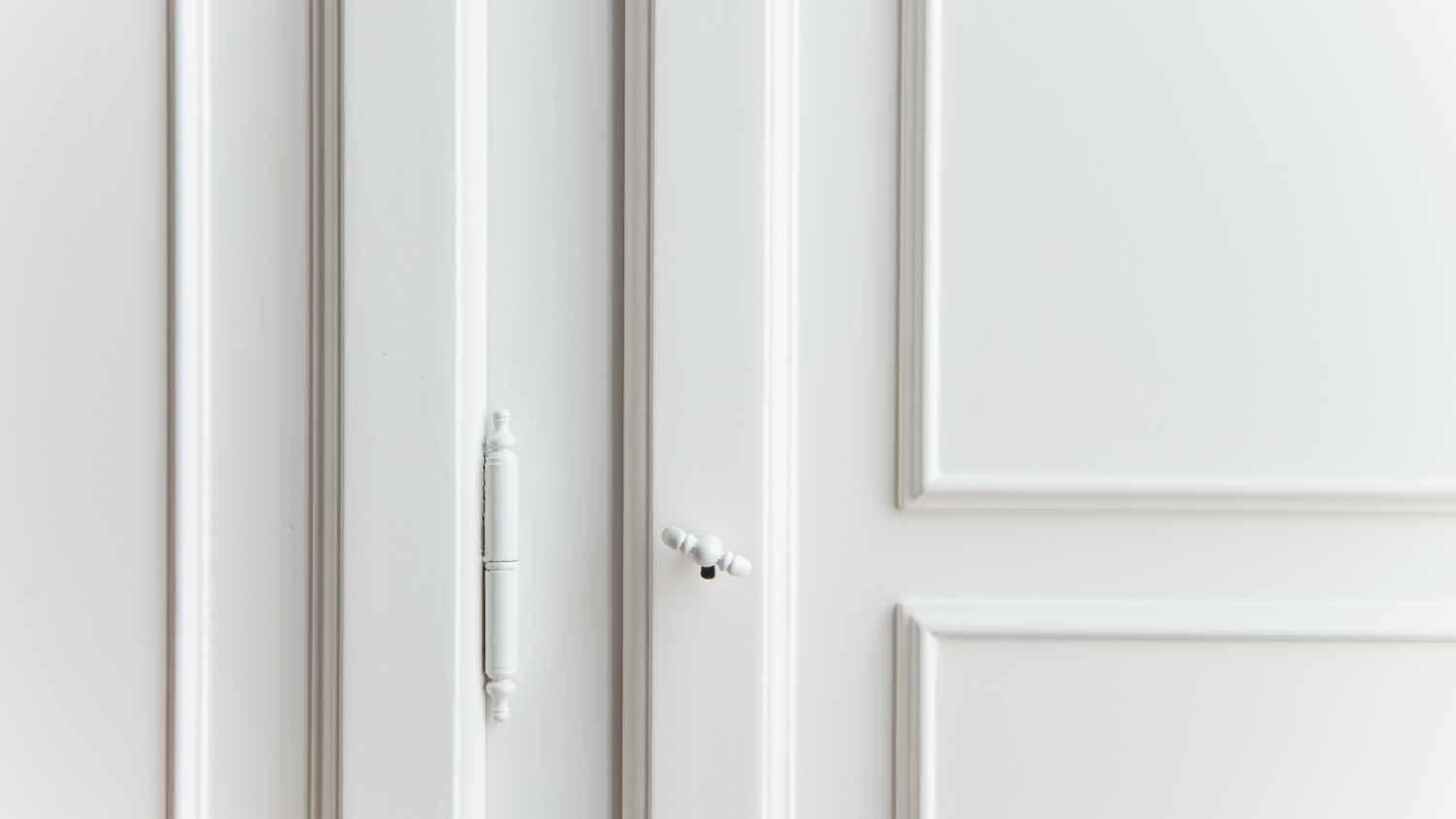
Beveled door casing is another highly specific term for the etching of backbands. While some layers sit flat on the wall, others are carved at an angle, creating more depth and a delicate blend away from the doorframe. In some cases, the beveling on the door casing faces the opposite direction, creating a concave frame around the door.
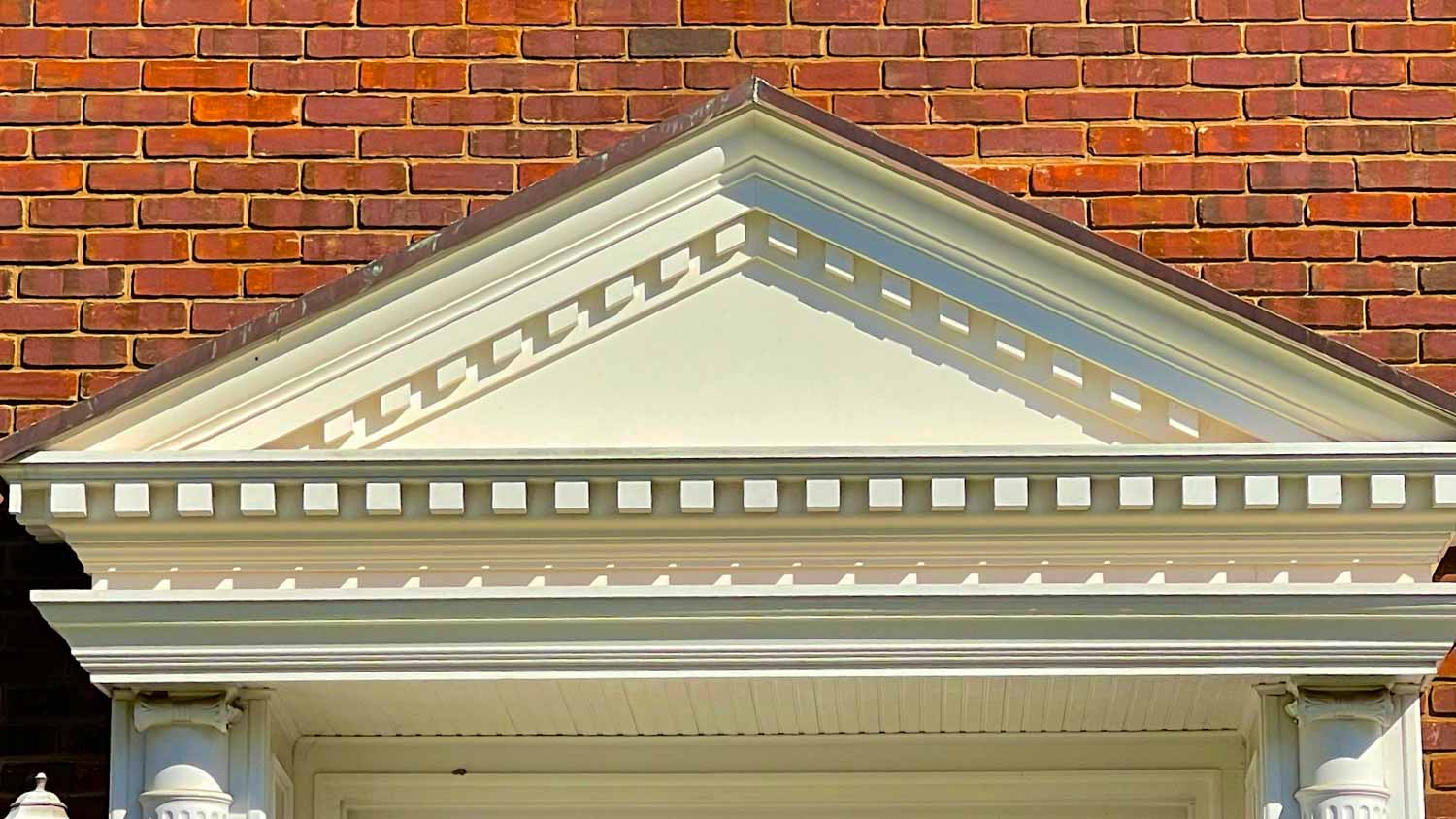
Dentil door casing—quite literally derived from the word tooth—adds a classic accent to all styles of doorframes. Have you ever spotted this tooth-like detail on crown molding, doors, and windows? On a basic level, the style includes evenly spaced blocks of wood that construct an even trim.
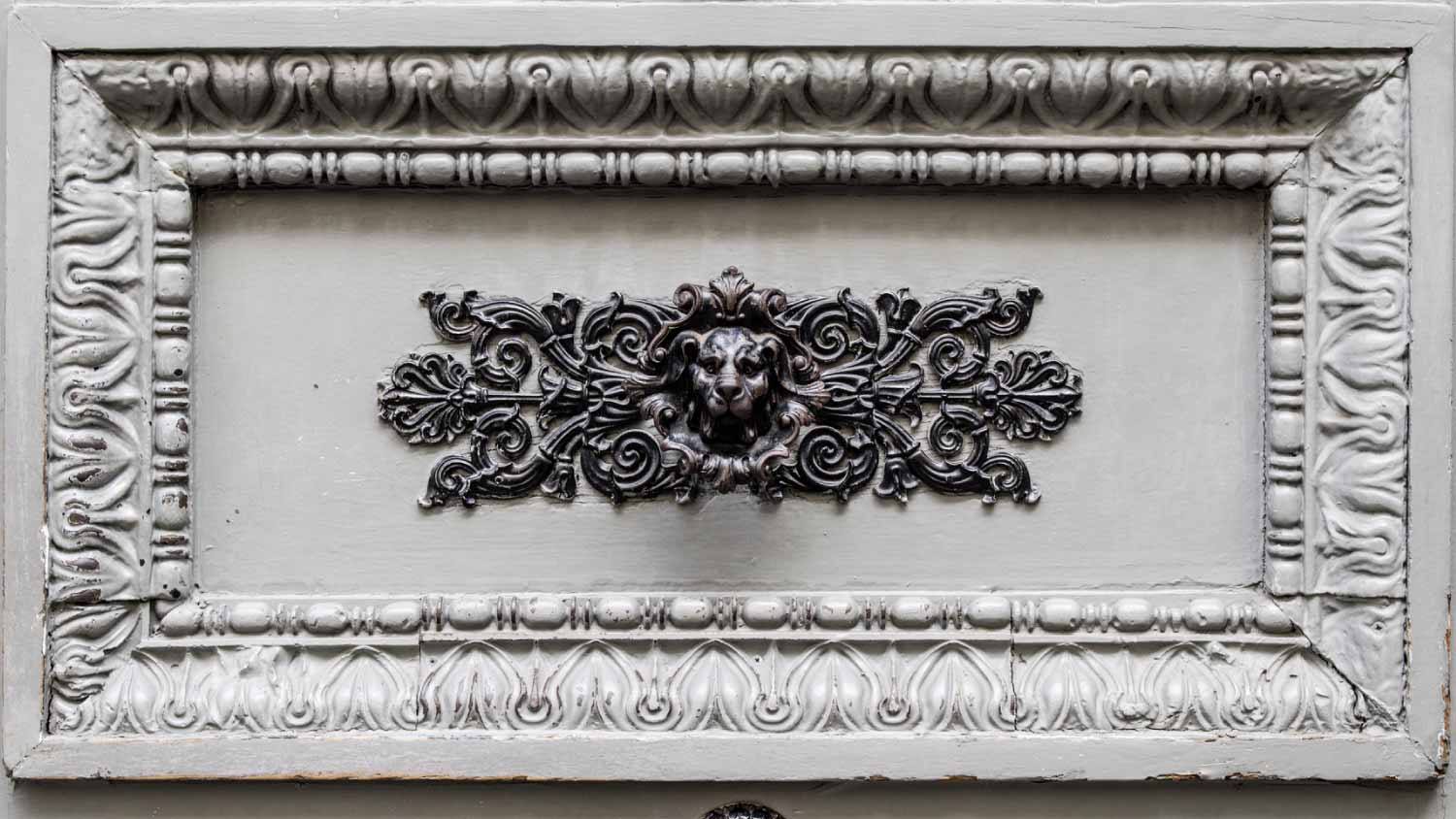
Lamb’s Tongue features a delicate shape that loosely resembles a tongue—symmetrical and with a smaller tip at the end of each flourish. While you'll find endless ornate carving styles of door casing trims, lamb’s tongue is a fun and common one to keep in mind.
Unsurprisingly, you’ll spend a bit more money and time on complex designs such as these, so be sure to hire a door repair pro with trim installation experience instead of trying to handle this tricky design on your own.
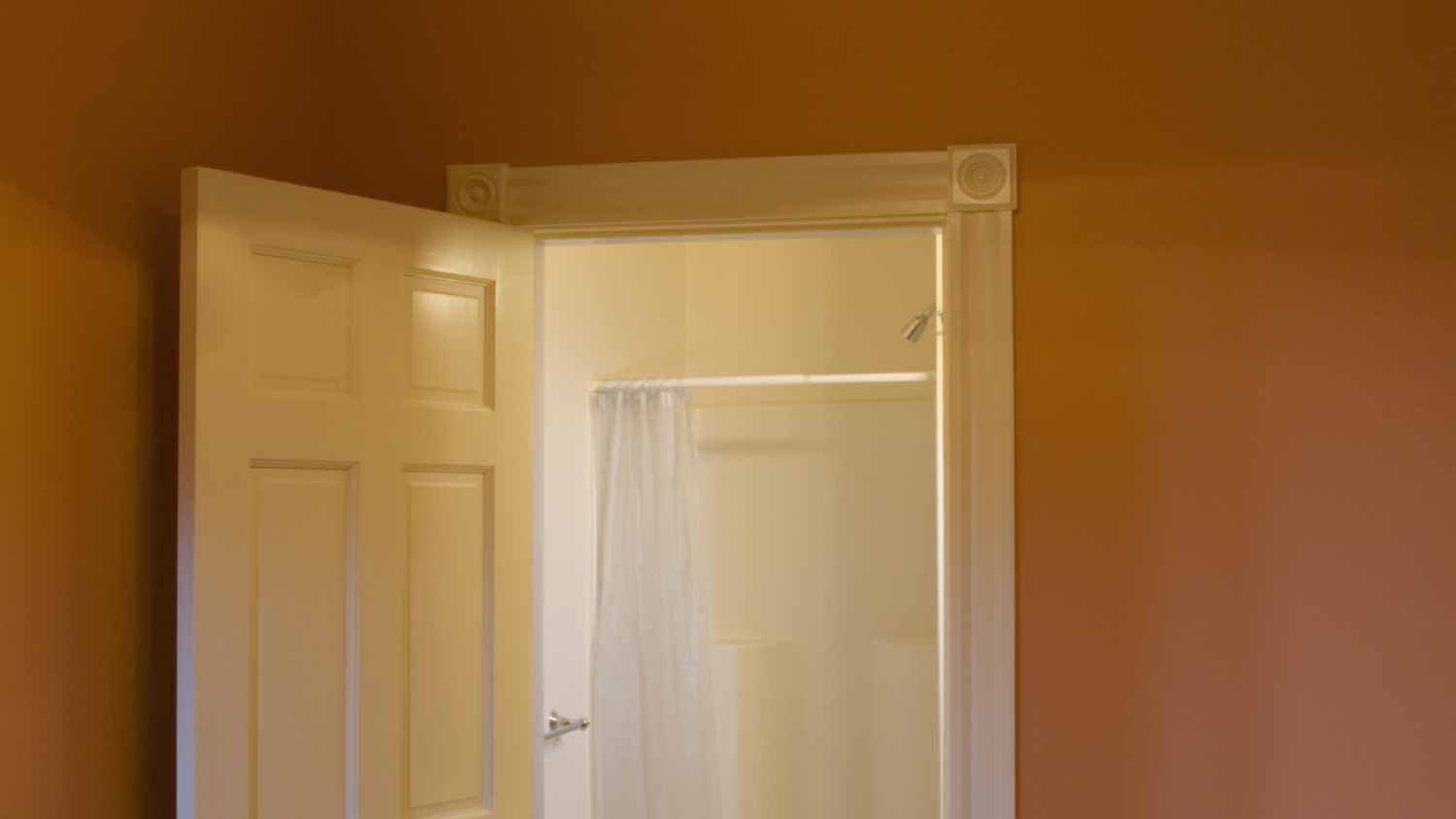
Trim blocks, or molding blocks, offer square accents at the corners of a doorframe. In some cases, these blocks include additional designs and shapes set within them, such as circles, flowers, or even dentils. You'll spot trim blocks in Craftsman, Colonial, or Victorian homes.
Door casing creates a finished look and covers the gap between the doorframe and the wall, but it also serves a major design purpose. Check out these tips for choosing the best door casing style for your home.
Unless you’re going for an eclectic design, chances are you won’t choose to install lamb’s tongue casing in a modern minimalist home, so consider your home’s style when deciding between casing styles.
More intricate cuts require more advanced DIY skills. For instance, it takes some skill and practice to get mitered cuts right, whereas a butted or trim block casing just requires straight cuts. Whether you plan to DIY this project or hire a door repair pro can influence your choice between complex and simple casing.
Dust will find its way into any nook or cranny it can, and some of these casing styles—particularly lamb’s tongue, dentil, and pilaster—come with details that can gather dust and require more frequent attention to cleaning.
Door casing connects the doorframe to the rest of the wall, filling in any gaps between the two surfaces. Trim, on the other hand, refers to the moulding inside of your home. Imagine the trim around windows, walls, floors, ceilings, and even doors that creates an aesthetically pleasing effect.
Door casing costs $0.60 to $1.20 per linear foot, but it varies significantly depending on whether it’s on the interior or exterior of the home, how ornate it is, and if you decide to have it professionally installed. Hiring a local door repair service costs $30 to $120 for labor.
Installing door casing is a task homeowners could choose to DIY if they like. However, it takes more time and the proper tools to do it yourself, which requires added expenses and expertise. Hiring a professional for the job is often worth the cost.
From average costs to expert advice, get all the answers you need to get your job done.

A storm door can protect your front door and let in more fresh air. Find out how much storm door installation costs for materials, labor, and more.

Are you looking to upgrade an old door in your home? Use this interior door installation cost guide to estimate the project's total cost and learn how to save.

When adding a fresh new entryway to your home, you may be curious about the cost of sliding glass doors. Let's break it down by size, style, and design.

You’re not imagining it: The door that previously fit your frame is suddenly too big. Learn how to fix a door that sticks using multiple methods here.

Opening up a wall and installing a door can be a daunting task unless you know how to frame a door. This comprehensive DIY guide has you covered.

With so many types of screen doors available, do you know which is best for your home? Learn how to pick the right screen door.